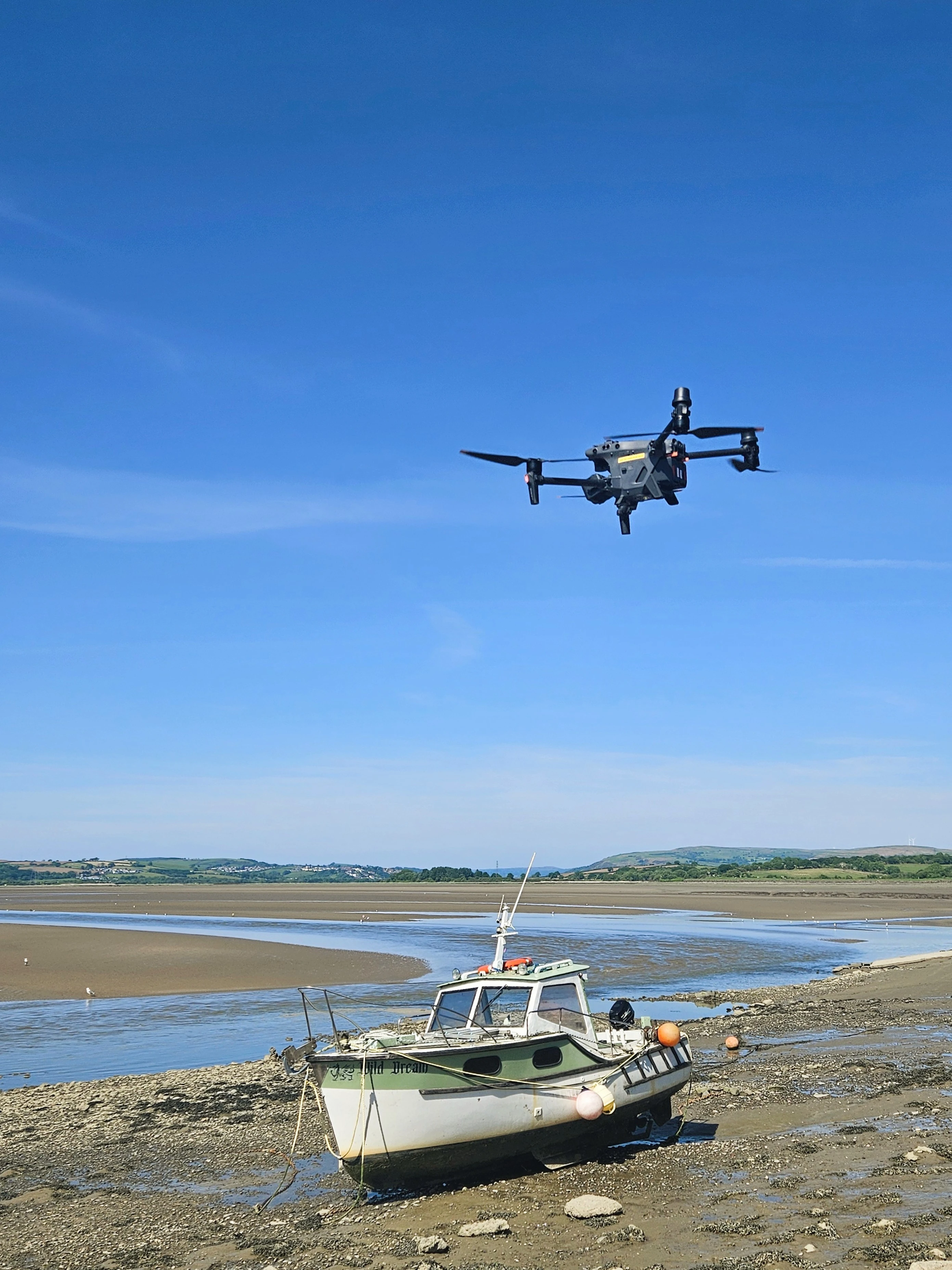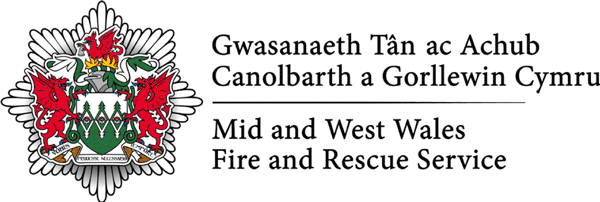In May, Mid and West Wales Fire and Rescue Service’s (MAWWFRS) Drone Team, along with members of the Wales Urban Search and Rescue (USAR) Team, carried out a training exercise at Loughor Estuary in Swansea.
The training session allowed members to simulate a river search scenario which included different search patterns and provided the opportunity to test imaging capabilities and rehearse communication with other air assets.
During the exercise, there was also the opportunity to discuss how the Wales USAR Team’s search dog, Cooper, can be requested and utilised in a missing person search. Cooper is specially trained to detect human scent in a variety of environments and can search areas that would be too difficult for search teams to clear.

Utilising drones at emergency incidents offer several significant benefits to MAWWFRS crews and the Wales USAR Team, which include:
- Enhanced safety – drones can assess dangerous situations from the air, reducing the need for emergency services personnel to enter hazardous environments directly. This helps minimise the risk to human life during fires, structural collapses and other emergencies.
- Enhanced situational awareness – drones provide real-time, ‘Ground Truth’ information, which greatly improves the ability of Incident Commanders to formulate a plan to deal with an incident.
- Rapid assessment – drones provide quick aerial views of incident scenes, allowing for faster situational assessment, decision-making and resource allocation.
- Improved accessibility – drones can reach areas that are difficult or impossible for ground personnel to access, such as high-rise buildings or unstable structures.
- Thermal imaging – drones with thermal imaging cameras can detect heat sources, monitor heat spread and help locate casualties, especially in water.
MAWWFRS is grateful for the assistance of the National Police Air Service’s control room to test join communication procedures to ensure a safer airspace for all agencies.

